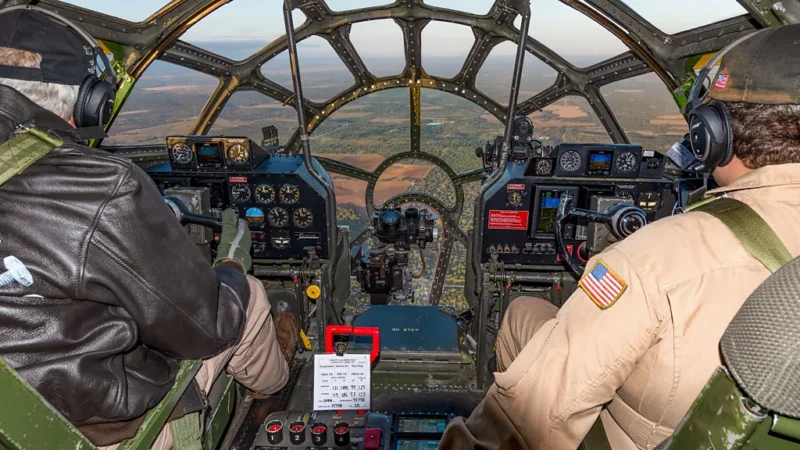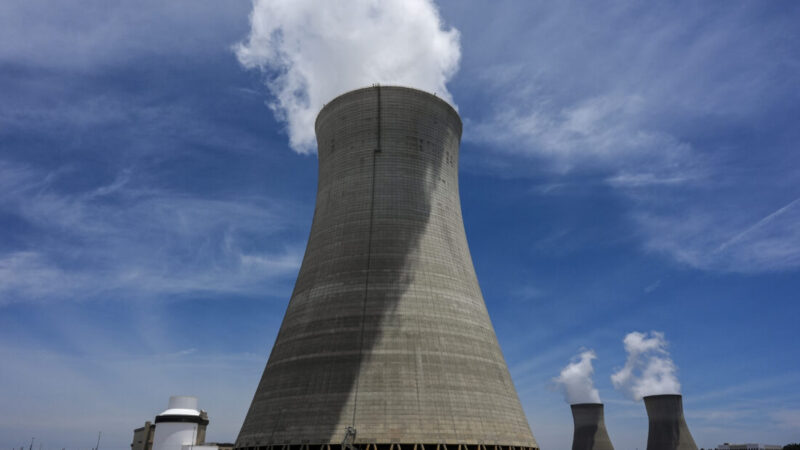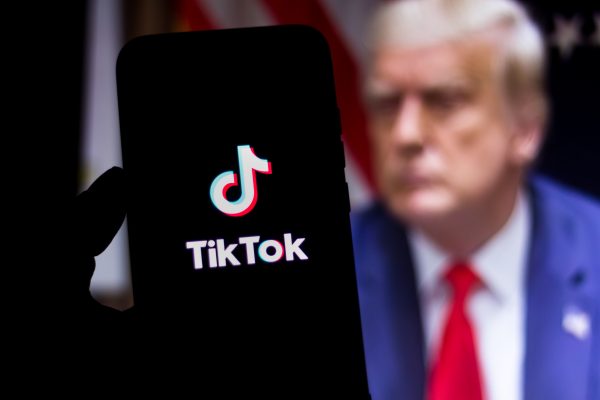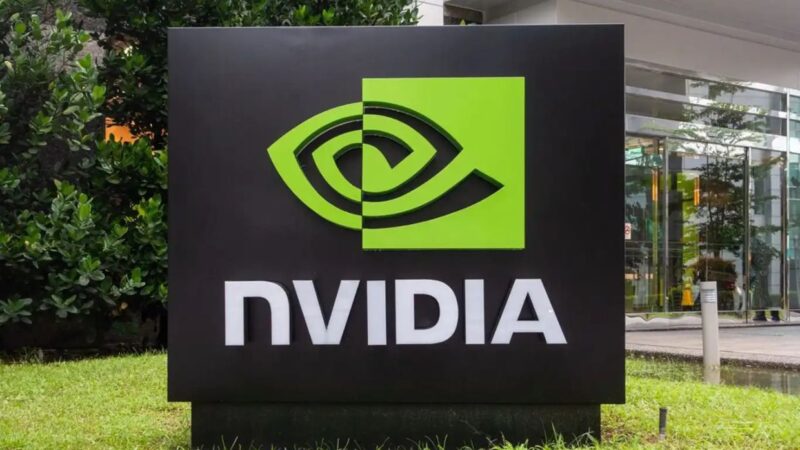Deepfake presidents used in Russia-Ukraine war
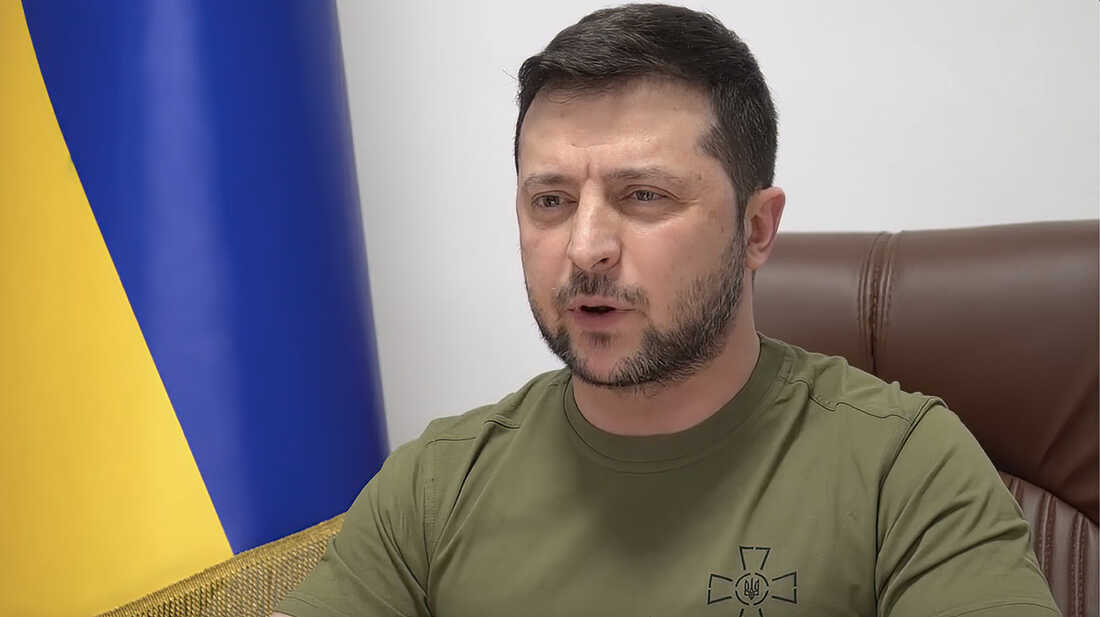
A deepfake video that appeared to depict Russian President Vladimir Putin vowing peace and was circulated on Twitter has resurfaced.
Meanwhile, a deepfake video of Ukraine’s president talking about surrendering to Russia was pulled down by Meta and YouTube this week.
Many Ukrainians mocked President Zelensky’s dubious impersonation.
Behind a platform, Volodymr Zelensky tells Ukrainians to lay down their guns. His head is larger and more pixelated than the rest of his body, and his voice is deeper.
The real President Zelensky considers it a juvenile prank in a video posted to his official Instagram account.
On the other hand, the Ukrainian Center for Strategic Communications warned that the Russian government would use deepfakes to persuade Ukrainians to submit.
On Twitter, Meta security policy head Nathaniel Gleicher claimed that the deepfake had been “immediately evaluated and removed” for breaking the company’s policy against misleading manipulated media.
YouTube also stated that it had been taken down due to a violation of its disinformation standards.
MyHeritage, the startup behind a deepfake programme that lets users animate ancient images of relatives, has now introduced LiveStory, which allows users to add voices.
When South Korean TV network MBN said it was employing a deep-fake of newsreader Kim Joo-Ha last year, there was a mixed reaction.
Deepfake technology is also being used to make pornography, with a rise in recent years in the number of websites that allow users to ‘nudity’ photos.
Deepfakes are still rather uncommon in politics.
However, to demonstrate the technology’s capabilities, a deepfake of former US President Barack Obama was constructed.
On the other hand, journalists and human rights organisations in other parts of the world were concerned that they lacked the capability to detect and refute deepfakes.
Detection software examines how a person moves or looks for things like the deepfake’s machine-learning process.
Last summer, however, an online detector suggested that a genuine video of a senior Myanmar official allegedly confessing to corruption, whether it was a genuine statement or a forced confession, is still debated, was a deepfake.

